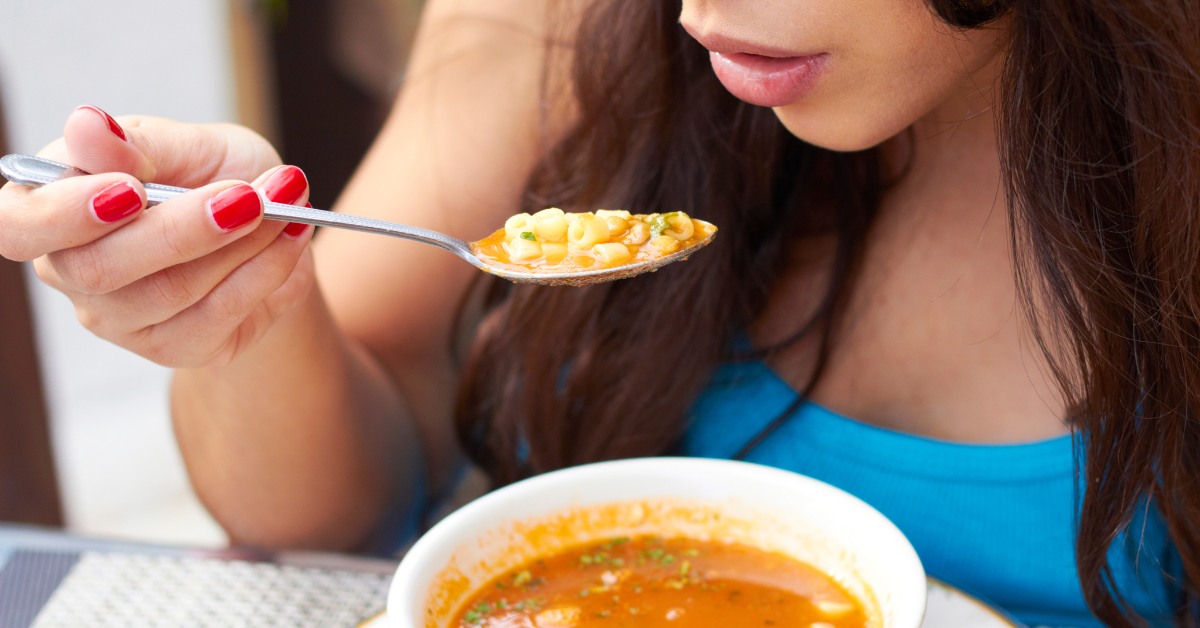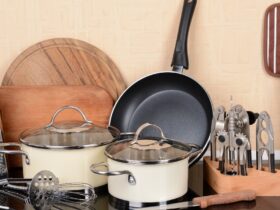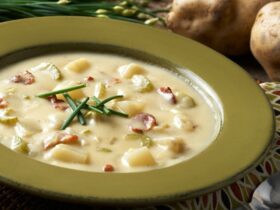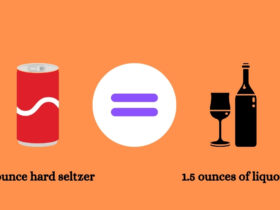A. Physical contamination
B. Allergic reactions
C. Nutritional loss
D. Foodborne illnesses
✅ Correct Answer: D. Foodborne illnesses – because time-temperature abuse gives bacteria time to grow to dangerous levels, leading to illness when consumed.
What is Time-Temperature Abuse?
Time-temperature abuse happens when food is kept at temperatures that allow harmful bacteria to grow.
- The danger zone: Between 41°F (5°C) and 135°F (57°C)
- Bacteria multiply rapidly in this range, especially between 70°F and 125°F.
- If food stays in this zone for more than 2 hours, the risk of unsafe bacterial growth increases significantly.
How This Applies to Soup
Soup is a high-moisture, nutrient-rich food — a perfect environment for bacteria if not handled properly.
- If hot soup isn’t kept hot enough (above 135°F)
- Or if cooled soup isn’t chilled quickly enough (below 41°F within 2–4 hours)
…it becomes unsafe to eat.
Health Risks
If soup is time-temperature abused and then eaten, it can cause foodborne illnesses such as:
- Clostridium perfringens – often called the “cafeteria germ,” thrives in large batches of cooling food like soups and stews.
- Bacillus cereus – can cause vomiting or diarrhea when cooked food is left at unsafe temperatures.
- Listeria or Salmonella – possible if cross-contamination also occurred.
Why Not the Other Options?
- A. Physical contamination – This refers to objects like hair, glass, or metal fragments in food. Time-temperature abuse doesn’t cause this.
- B. Allergic reactions – These are triggered by allergens (like peanuts, shellfish, or milk), not by bacterial growth.
- C. Nutritional loss – While heating food for too long can reduce nutrients, the main health risk of time-temperature abuse is bacterial growth, not nutrient loss.







Leave a Reply